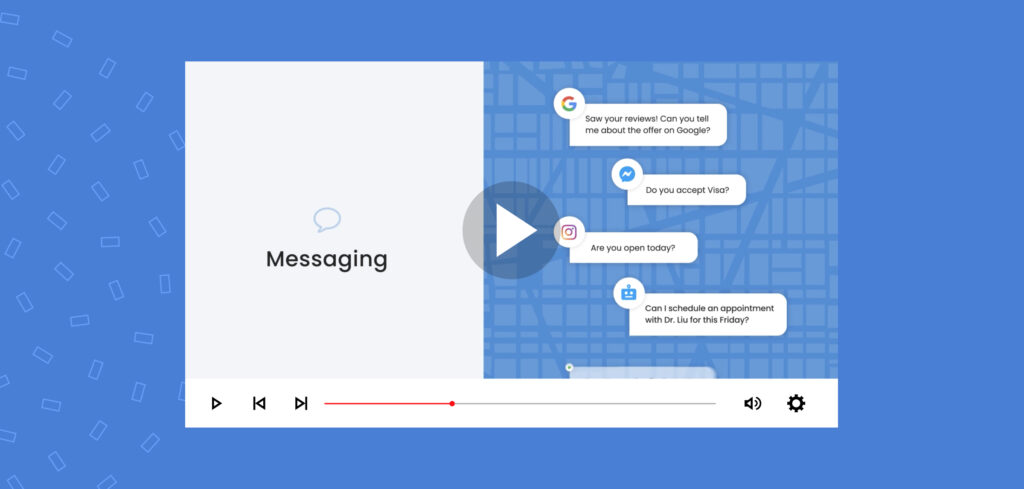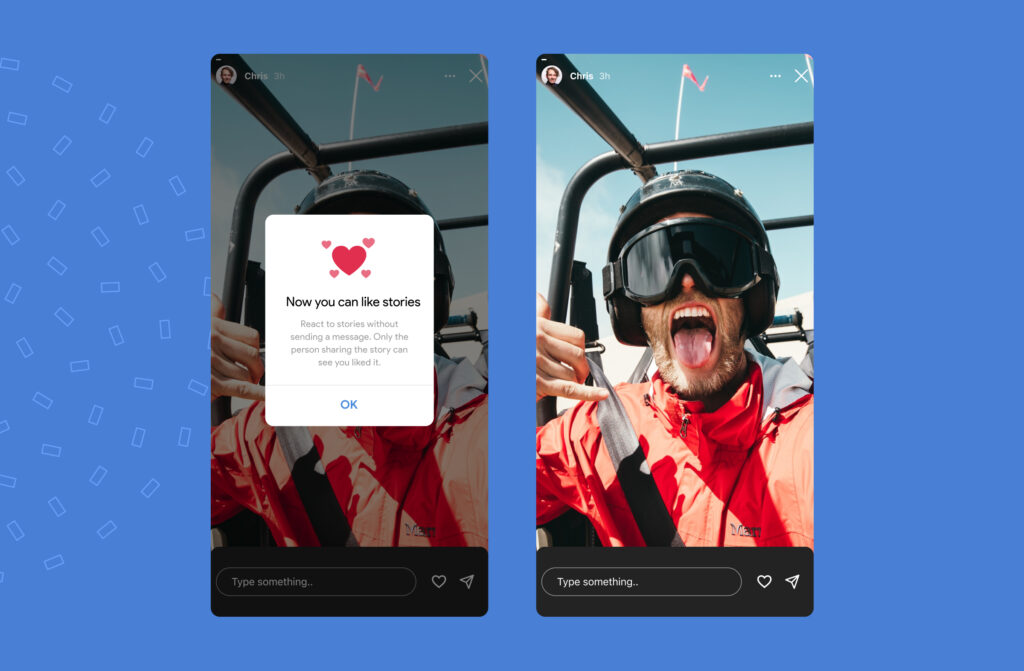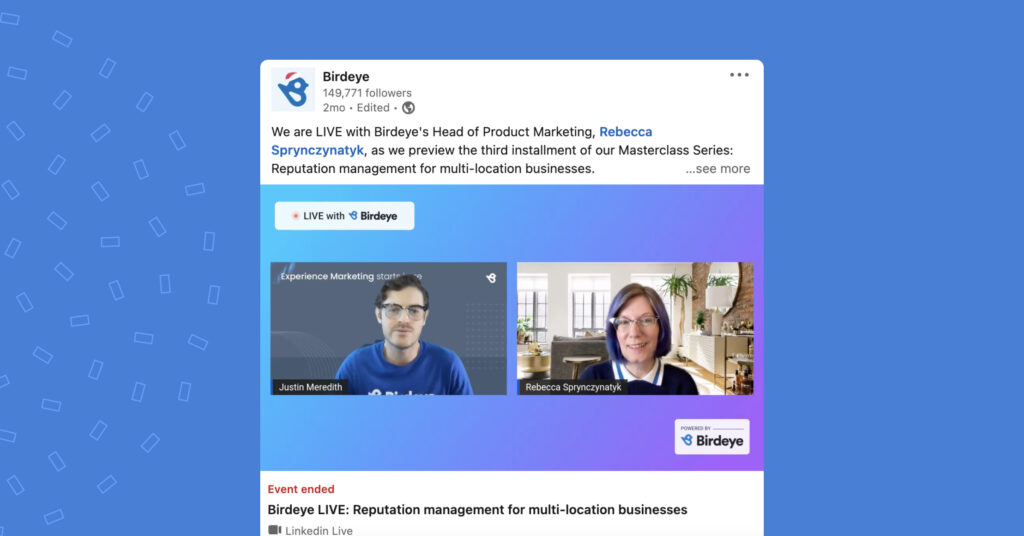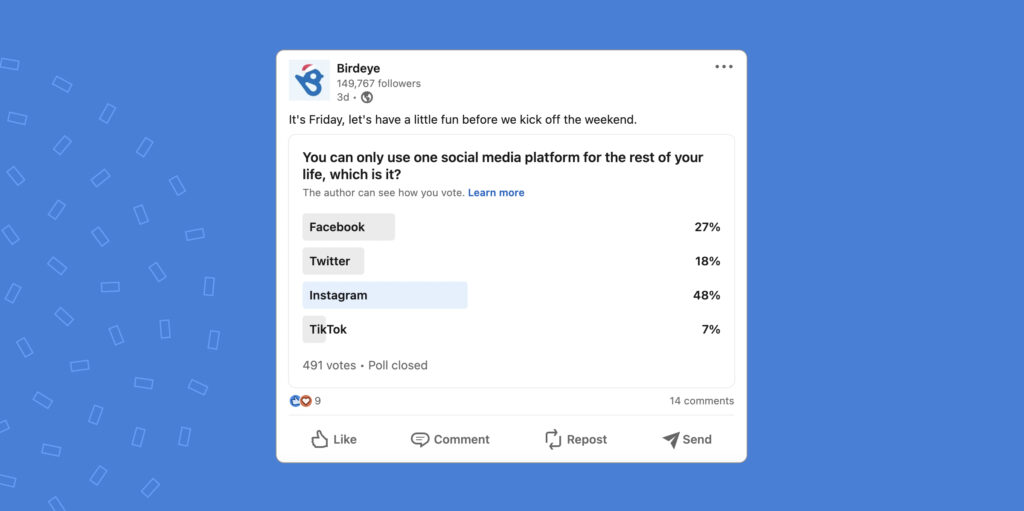Social media has completely changed the way businesses can grow. With a single post, you can catch the eye of millions and make your brand a household name overnight. That said, the content that launches one business into success might produce completely different results for others. If you’re looking to improve engagement and increase your brand awareness, you’ll need to know which types of social media content appeal most to your followers.
In this article, we’ll cover 10 different types of social media content that can help your business grow online. We’ll also explain the six different types of social media posts that will resonate with your followers to help you determine the exact type of content that will work for your business goals.
Table of contents
Social media content categories
Your social media posts can fit into six different categories. It’s important to keep these in mind when creating content for your followers.
Educational: Educational content is designed to teach or coach your followers. Some examples of helpful educational content include blogs, guides, and other written content.
Inspirational: Inspirational posts are meant to uplift your followers and motivate them to take action. Inspirational content tends to get shared frequently. Quotes, personal success stories, and images are all examples of inspirational content.
Interactive: Interactive content encourages your followers to actively engage with your posts. They can ask and answer questions, leave comments, take quizzes, and more. Polls, infographics, webinars, and contests are all forms of interactive content that can drive engagement.
Connecting: This type of content encourages connection and creates a sense of community around your brand. Connecting content makes your followers feel like they’re a part of your industry and are closely connected with your business. Posts like live video tours, product previews, employee features, and fan thank yous all fall under this category.
Promotional: Promotional content incentivizes your followers to try your business’s latest products and services. Promotional content often includes coupons, discount codes, and early access, making it a format that converts followers into customers. Webinars, live streams, and client testimonials all work as effective promotional content.
Entertainment: Entertainment content focuses on making your followers feel engaged with your posts. The idea is to create content that will amuse your followers in one way or another. Most social media content types, especially videos, images, and stories, can be used for this.
Each content type has a time and place when you start building your social media content strategy. If you’re operating a business-to-business (B2B) brand, educational content like blogs and guides will be a mainstay in the content you produce. Still, an occasional entertainment post will be welcomed by your followers and humanize your brand.
If your brand focuses on business-to-consumer (B2C) marketing, you’ll probably find that entertaining content will drive most of your traffic and engagement. But once you’ve built enough notoriety, a well-placed promotional post will be more likely to generate sales.
Paying attention to your social media analytics can give you insights into your target audience and help you decide what content will work best for your business, when to post your content, and how to adjust your content strategy as your business grows online. And if you want to get content out to your followers consistently at the ideal time, we have a free social media calendar template you can use right now.
Now that we’ve established the six different content categories your posts will cover, let’s get into the 10 types of social media content that will help you get more followers and boost your engagement.
[Free Guide] The ultimate social media marketing guide for local businesses
Download Now
10 Types of social media content to grow your brand on social media
1. Images

Studies show high-quality images get significantly more engagement than social posts without images. That’s because a good image is much more visually appealing than text alone and can provide your followers with the information they need at a glance.
Thankfully, you don’t need sophisticated camera equipment to add quality images to your social posts. A quick picture taken with a smartphone has plenty of value and can quickly catch the eyes of your followers.
Pros:
- Images increase engagement rates
- Easy to add to posts
Cons:
Lots of competition
Platforms of focus:
Instagram, Pinterest
2. Written posts
Although images and videos get more engagement, text-based posts still have value. After all, written content is still the most common type of social media content. Text-based posts offer valuable information to your followers and show them you’re an authority figure in your industry.
The more valuable information you can provide your followers, the more you’ll bolster your reputation on social media platforms. Facebook and LinkedIn have plenty of space in each post for written content, meaning you can post long snippets of content like guides, white papers, and blogs for your followers to read. Then you can link to the content, driving traffic to your website and offering your followers the information they need in full.
Pros:
- Shows you’re a thought leader in the industry
- Easiest form of content to create
- Offers valuable information to your followers
Cons:
- Written content like blogs are everywhere, which leads to competition
- Blogs, guides, and other written content can be time-consuming to create
Platforms of focus:
LinkedIn, Facebook
3. Videos

Videos are easier to make and more engaging than ever. Now, all it takes is someone pulling out their phone and hitting record to create a viral video that generates millions of views. The influence that videos have on their viewers can’t be overstated. For example, 84% of people who watch a video marketing product say they’ve been convinced to buy it. For that reason, video content needs to be part of your marketing strategy.
The good news is you don’t need high-end camera equipment and fully trained staff to make an attention-worthy social media video. In fact, 46% of marketers said that the ease of creating a video in-house was why they decided to make their first video in 2022. With a smartphone, you can create videos of new products, a behind-the-scenes look at your business, quick promotional videos for upcoming events, and more.
Pros
- Better engagement
- Best performance on social media algorithms
- Inexpensive to make quick videos on smartphones
Cons
- Creating higher-quality videos can be expensive and time-consuming
Platforms of focus:
YouTube, Facebook, Instagram
4. Video stories

Video stories have become increasingly popular on nearly all major platforms. Stories are short videos and images that disappear after 24 hours. Their short lifespan can encourage followers to engage, so they don’t miss out on limited-time offers or deals.
For example, you can use stories to offer followers a sneak peeks of an upcoming product, a discount code linked to the post, or an announcement for an upcoming exclusive event. The more you use video stories to promote content like this, the more likely your followers will engage with your brand in the future.
Pros:
- Easy to create and post
- Total creative freedom with sounds, filters, and interactivity
- Use the fear of missing out (FOMO) to your benefit
Cons:
- 24-hour lifespan before it disappears on most platforms can mean low engagement
Platforms of focus:
Instagram, Facebook, Snapchat
5. Live videos

Live videos invite your followers to join discussions and conversations in real time. There’s a level of interactivity your followers will get from joining a live stream of a tour or product launch that can’t be captured with a standard video post.
Live videos can also easily be saved or repurposed for later content once the video is recorded. For example, if you host a live video but you have followers who couldn’t attend, the video will stay in your feed for them to watch later. You can also take the recorded video and convert it into other content elements, like a 30-second video of just the highlights. Plus, you can post the recorded video on other social media platforms, like YouTube.
Pros:
- Followers love the raw appeal of live streams
- Let your followers enjoy events they couldn’t attend in person
Cons:
- Unstable internet connection can ruin a live streaming experience
- Since it’s live, you can’t edit mistakes
Platforms of focus:
YouTube, Facebook, LinkedIn
6. Webinars
Webinars can get you more followers and generate high-quality leads because they’re highly informative, interactive, and entertaining. They can also help you get the contact information of those registered.
Unlike live videos, webinars are hosted on platforms specifically designed for them, like ON24 or GoTo Webinar. You can promote upcoming webinars on your social media pages and provide your followers with a link that will take them to a registration page. From there, they can fill out the necessary information to register, which will give them access when your webinar goes live.
Registered viewers have a couple of undeniable benefits. For one, you know your viewers are already interested in your webinar’s content. That means a higher engagement rate for your post. Plus, you’re more likely to convert those viewers into customers by reaching out to them with the information they used to register and by adding CTAs throughout your webinar.
Pros:
- Registered viewers mean increased engagement and more leads
- Similar benefits to live video content
Cons:
- Can be prone to technical issues
- Need multiple hands to manage video and chat
Platforms of focus:
LinkedIn, Facebook
7. Infographics

Infographics make for great educational content. These engaging graphics use visuals to easily explain statistics, survey results, studies, and other valuable information in a digestible, concise way. On platforms like Facebook, posts with images get 2.3 times more engagement than those without. So, you can post great information about your latest research via text, but adding that information to a great infographic will more than likely get you more engagement than posts without them.
Pros:
- Educational without being boring
- Higher engagement than text alone
- Simplify complex information into an easier format to understand
Cons:
- You’ll need copy and images, which may take time and multiple people to complete
- Need to be precise to avoid misinterpretation
- Limited space to enter important information
Platforms of focus:
LinkedIn, Facebook, Twitter
8. Reviews and testimonials
In 2022, 98% of people read reviews before buying a product. Customers trust the opinions of others more than ever when deciding what brands they’re willing to choose. That’s why showing your reviews in your social posts can be advantageous to grow your business’s reputation online.
Reviews and testimonials from happy customers also make for great social media content that encourages more followers to trust your brand. You can showcase these in a variety of ways, including videos, downloadable assets, interviews, and images.
Pro Tip: We’ve already established that video content performs well. Couple that with a positive testimonial, and you’re likely to have a post that resonates with your followers and drives engagement.
Pros:
- Reviews are a testament to the quality of the products or services you offer
- Gain honest feedback from your followers
- Increase the likelihood that followers convert to customers
Cons:
- You can’t control what your followers say in their reviews
- You’ll need to consistently send review requests to encourage followers to leave reviews
Platforms of focus:
Google Business Profile, Facebook, LinkedIn
9. Electronic books (eBooks)
eBooks give you the opportunity to be a thought leader in your industry. eBooks let you cover topics in a level of detail that other forms of content won’t allow. They’re also a great way to separate yourself from your competitors who haven’t taken the time to produce longer forms of content on a particular topic.
If you have the time to dedicate to writing your eBook from scratch, that’s great. But there are other ways you can create high-quality material that will generate leads. For example, take the content from your best blogs and refine them into chapters on a singular topic. You can hire a professional writer to help you with this process. Repurposing content is an effective way to use your content to create something great that will appeal to a new audience.
Pros:
- Demonstrate your position as a thought leader in the industry
- Cover topics in greater detail than other forms of content
- Stand out from competitors who aren’t producing long-form content
Cons:
- Some followers won’t want to take the time to read an ebook
- Creating an eBook from scratch takes significant time and resources to produce
Platforms of focus
LinkedIn, Facebook, Twitter
10. Polls

Polls are a great way to get critical feedback from your followers. Because it only takes a click to respond, polls tend to get good engagement. Most polls on social media display the results after voting, adding to the appeal of responding. Followers want to see how their results compare to the rest and what the top response will be.
There are a couple of ways polls can be useful. If you’re looking for high engagement, you can create broad, fun topics that include as many followers as possible. The more general and entertaining the poll, the more likely you’ll get a lot of engagement.
If you’re looking for specific feedback on a new product or the latest trends in your industry, you can tailor your poll to reach particular followers of your audience. Your engagement might not be as high, but you’ll be able to gauge sentiment in your post easily.
Pros:
- Get useful feedback from your followers
- Do market research on new products and services through polls
Cons:
- More niche polls will see less engagement
Platforms of focus:
LinkedIn, Facebook, Instagram
Frequently asked questions about types of social media content
eBooks, blogs, and video content are the three content types that get the most engagement and views.
Visual content like images and videos perform the best on most social media platforms.
The 10 types of social media content to help grow your business are images, written posts, videos, stories, live videos, webinars, infographics, reviews, eBooks, and polls.
Social media content is content in the form of text, images, videos, and others that you post on various social media platforms.
Good social media content have four key elements: relevant, intellectual, sensorial, and emotional.
High converting social media content includes before and after pictures, case studies, testimonials, and explainer videos.
Visual social media content like images and videos tend to get the most engagement and interest followers more than any other content form.
Streamlined content creation with Birdeye Social
While creating content for your company can be fun, it’s a time-consuming process. With Birdeye Social, you can use our easy-to-use templates to quickly turn your 5-star reviews into eye-catching social media posts. Watch our free demo today and start creating content that gets you noticed.

This blog post is part of our Social Media Management Guide
Originally published



